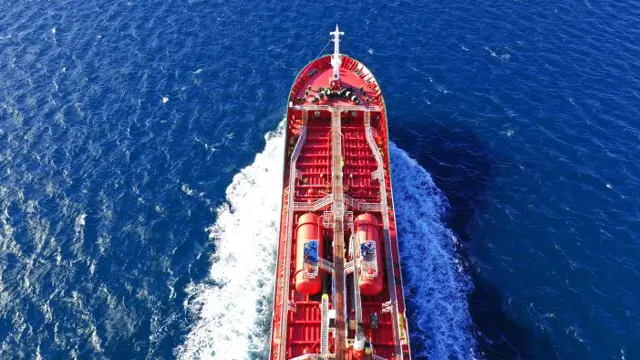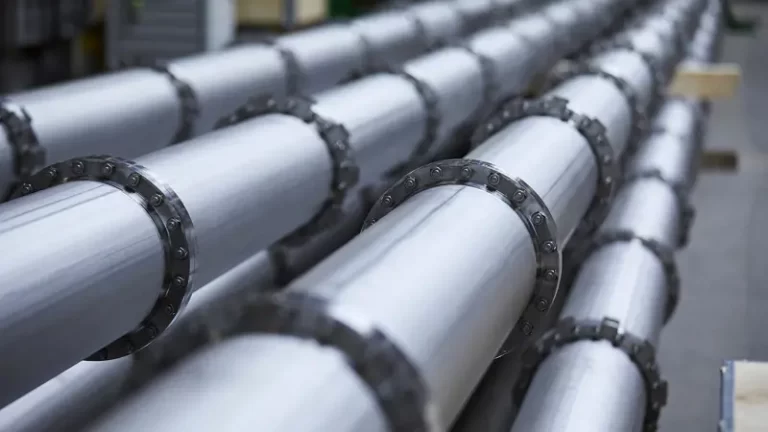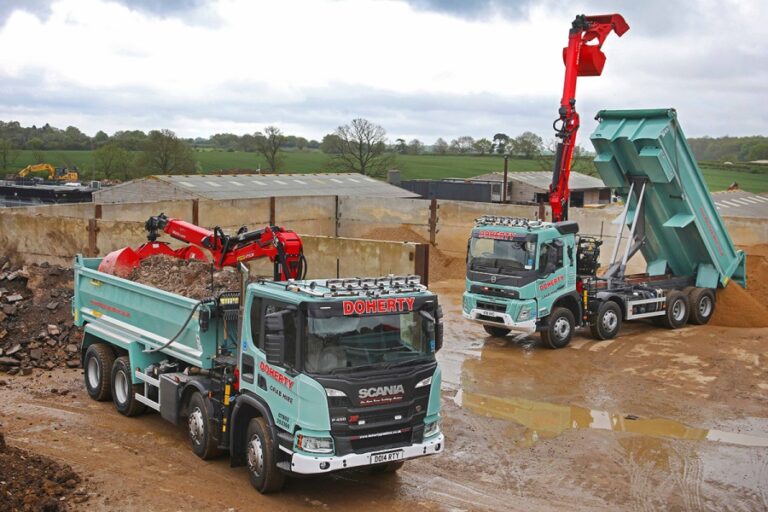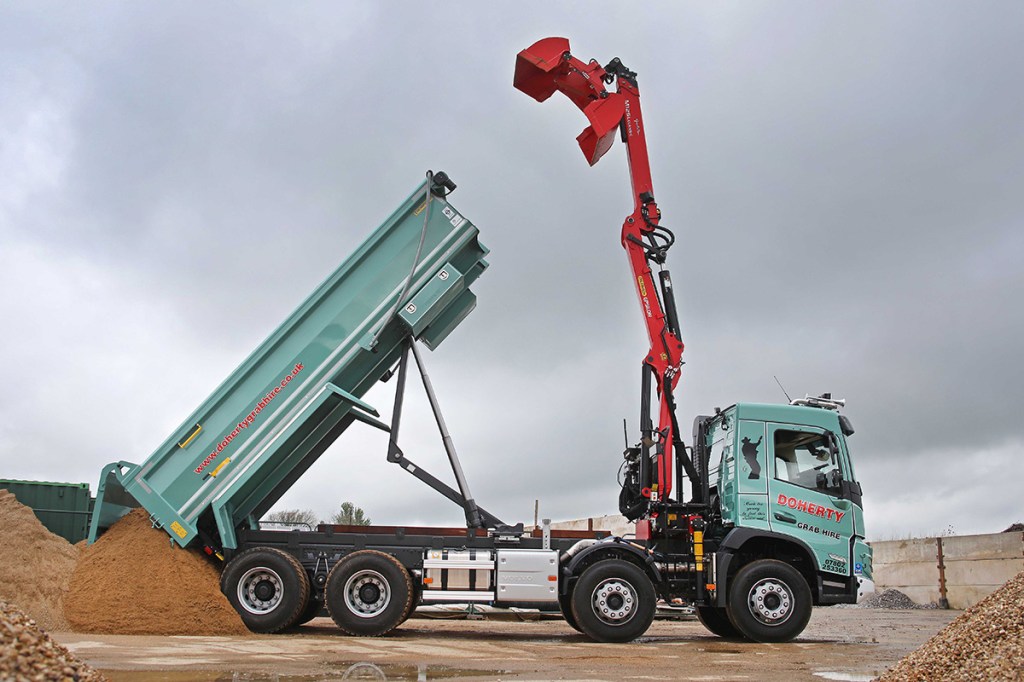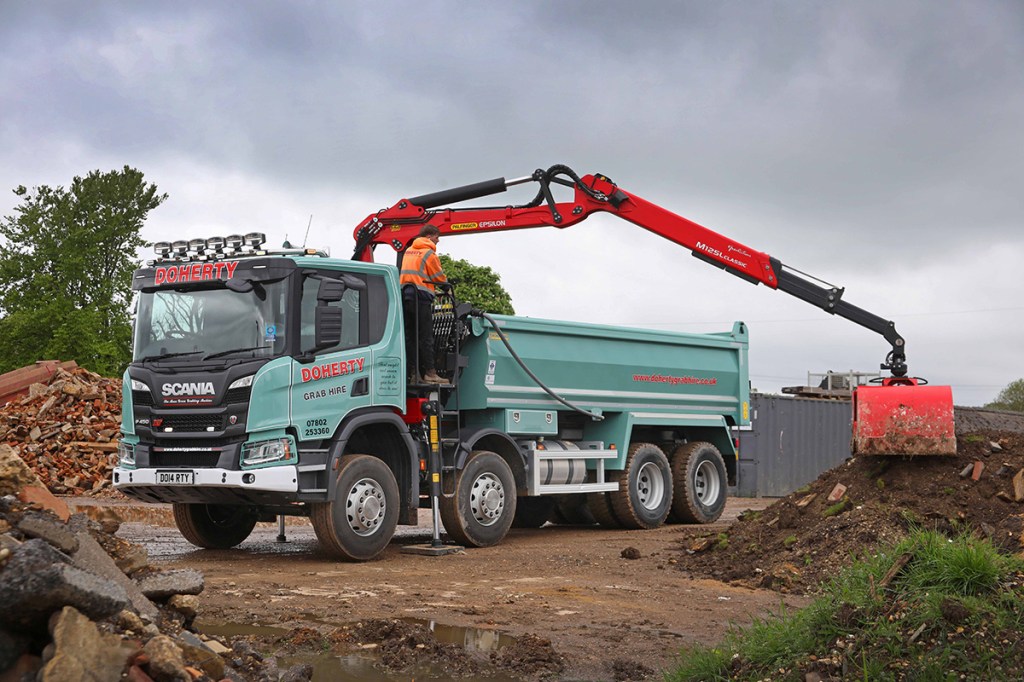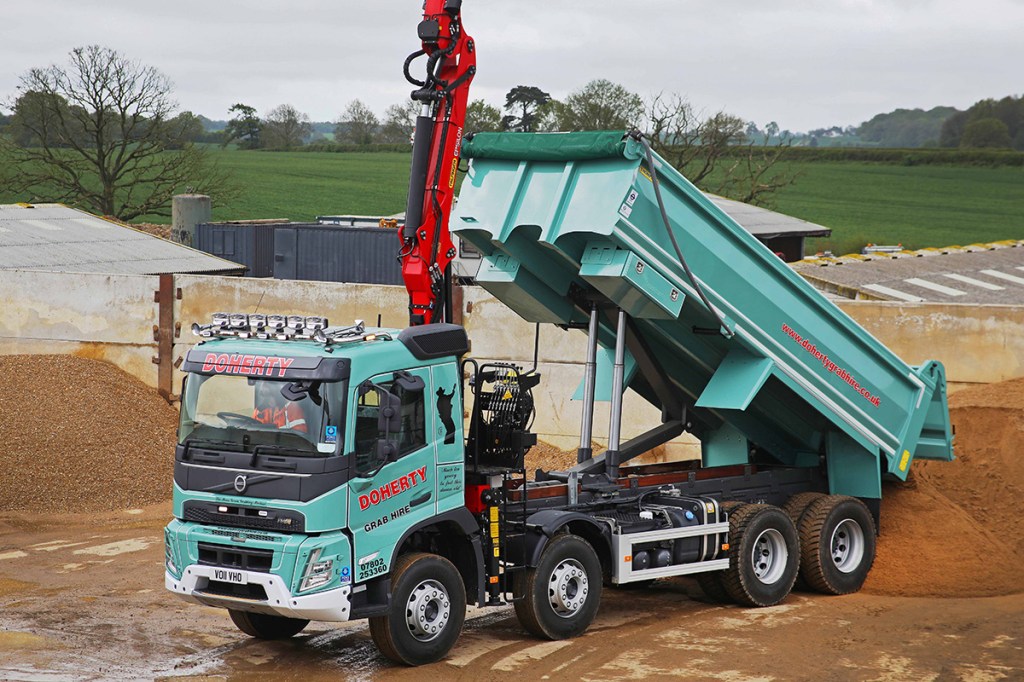A shipping corporation effort to buy six container vessels is gathering dust as the relevant government authorities are not clearing a loan proposal to fund the procurement, according to officials.
To this end, the Bangladesh Shipping Corporation (BSC) signed a memorandum of understanding with AIS Marine and Offshore Pty Ltd last September.
Under the agreement, the Australia company was supposed to assist the corporation in finding loans to buy the proposed box ships.
AIS Marine made two proposals for the BSC. It proposed a $300-million loan at 0.55-per cent interest rate with a three-year grace period and loan repayment in 25 years.
In another proposal, AIS Marine said it would bring an AAA-category international financial institution to which the BSC will sign a loan deal at a market rate after negotiations.
In this case, the BSC needs to arrange a sovereign guarantee from the government against the loan.
With the proposals in hand, the BSC early this year sought permissions from Economic Relations Division (ERD) and Finance Division, under the Ministry of Finance, before advancing to secure loan.
However, neither the ERD nor the Finance Division has so far responded to the BSC’s plea, according to officials concerned.
Contacted, a Finance Division official told the FE that the first proposal for a loan at 0.55 per cent rate of interest “is not a realistic proposal”.
Even no bilateral or multilateral development partner provides a loan at such a low interest rate in this current world economic situation, he said.
On another proposal, according to the official, if the BSC takes a loan at a market rate, the interest rate will be high.
Moreover, if a sovereign guarantee is made obligatory, the “loan responsibility will ultimately fall on Finance Division,” he said.
The Finance Division official said securing a loan for a government entity is a job of the ERD.
A government entity can go for suppliers’ credit only after failing to secure a soft loan through the ERD.
Then it will try to implement a project from its own funds. If it has no funds, it will seek cash from the government.
The official suggested that the BSC secure the ERD’s opinion prior to sending a proposal to the Finance Division.
Contacted, BSC managing director Cdre Ziaul Hoque told the FE that the loan proposal was soft in nature that could have facilitated the BSC to buy container ships.
Nearly eight months have already elapsed since the BSC received the proposal and its seeking of opinion from the ministries and divisions concerned.
The ERD is not providing clearance to go ahead with the loan proposal, Mr Hoque said.
“The ERD is not considering it as a soft loan, though I’m in doubt whether Bangladesh has so far secured any further softer loan in the past.”
“The ERD said it needs to examine whether the BSC adequately tried to secure soft loan and only after that they can give opinion,” cited Mr Hoque.
The BSC has been waiting for the last four months for the ERD’s opinion.
When asked, an ERD official did not comment on this issue.
The BSC has a very small fleet of eight vessels, mainly bulk carriers, and oil and chemical tankers, but no container vessel.
It plans to launch a container feeder service, short sea service and even a main line vessel service by securing vessels.



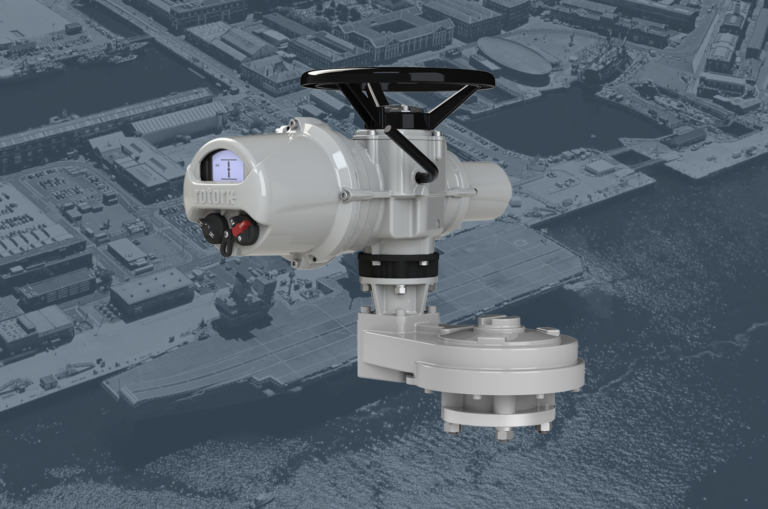
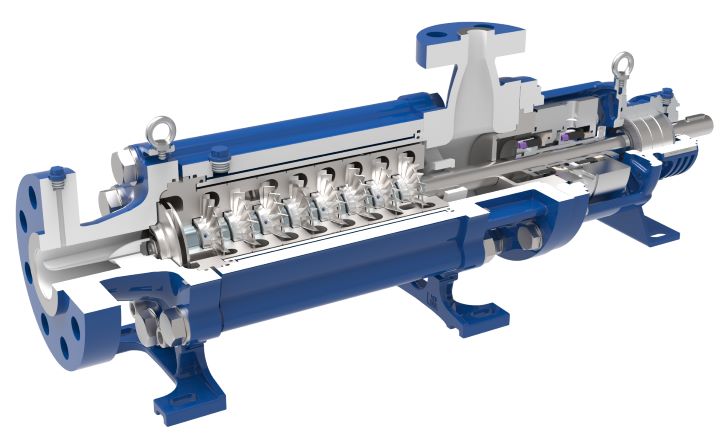
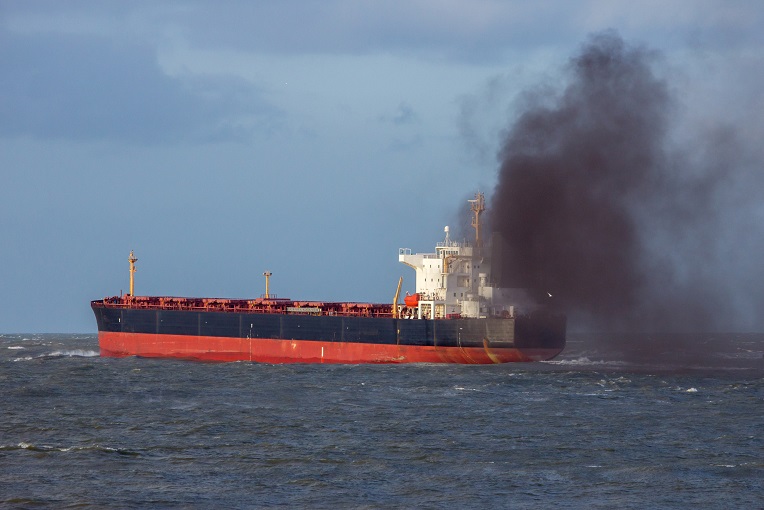
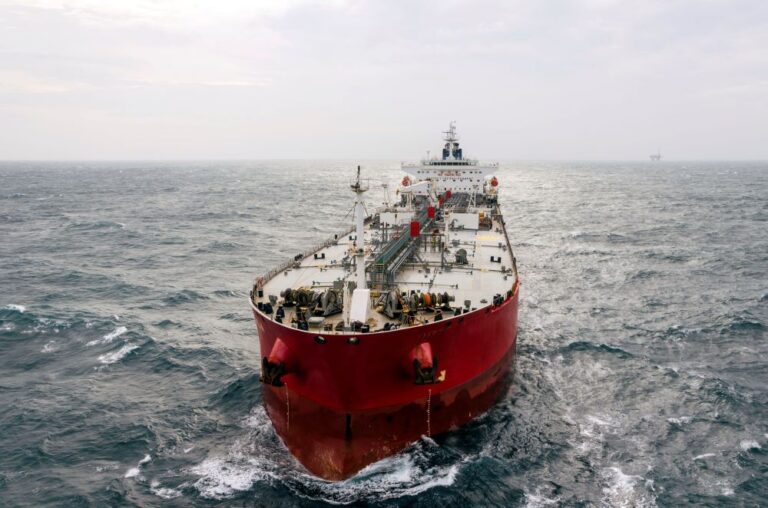
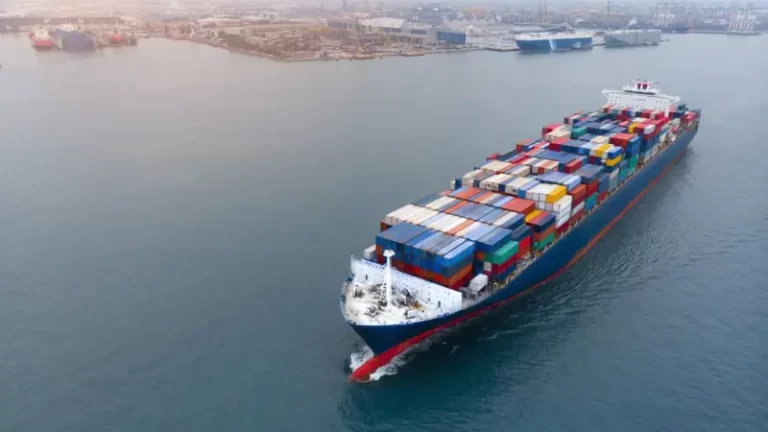
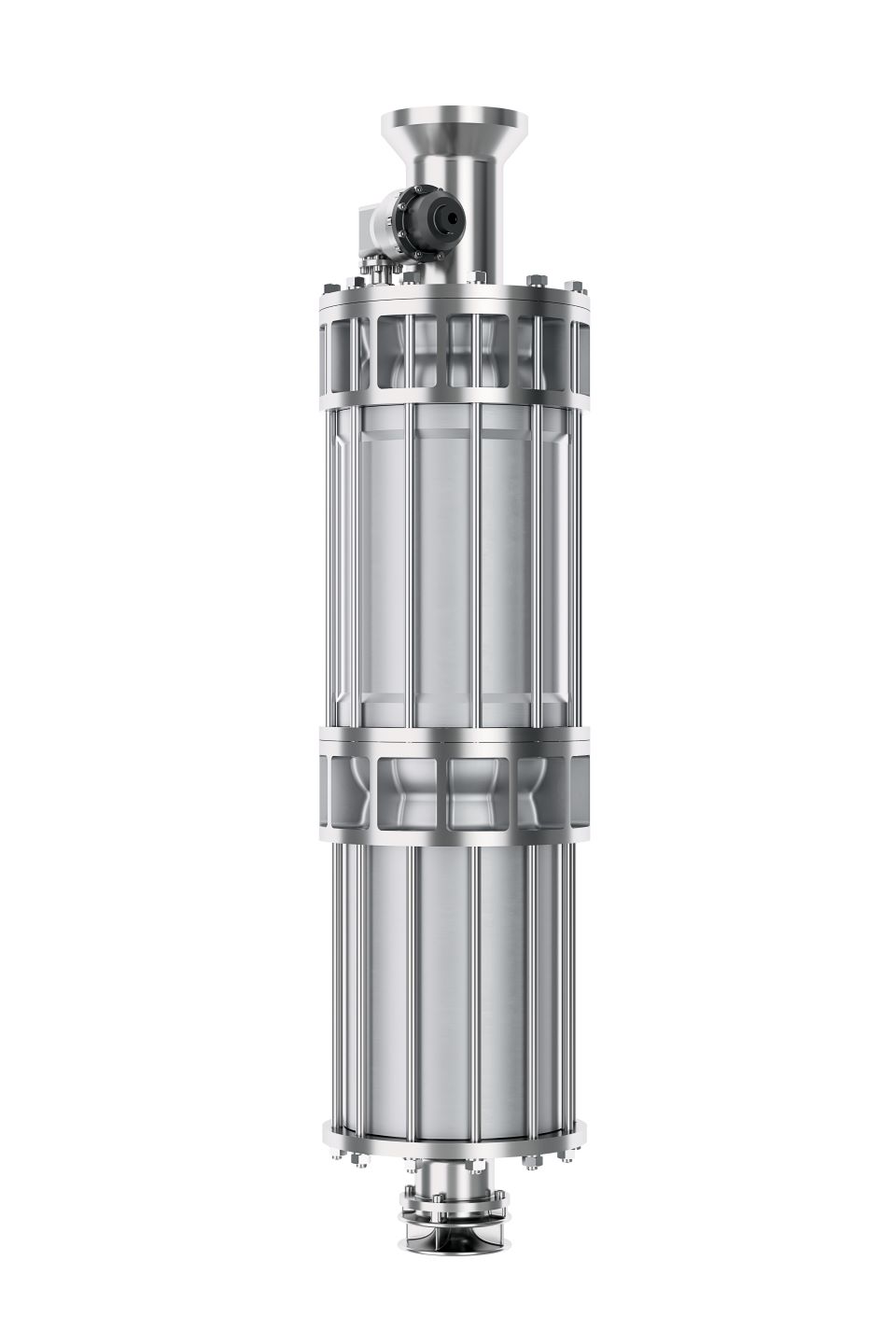 –
–